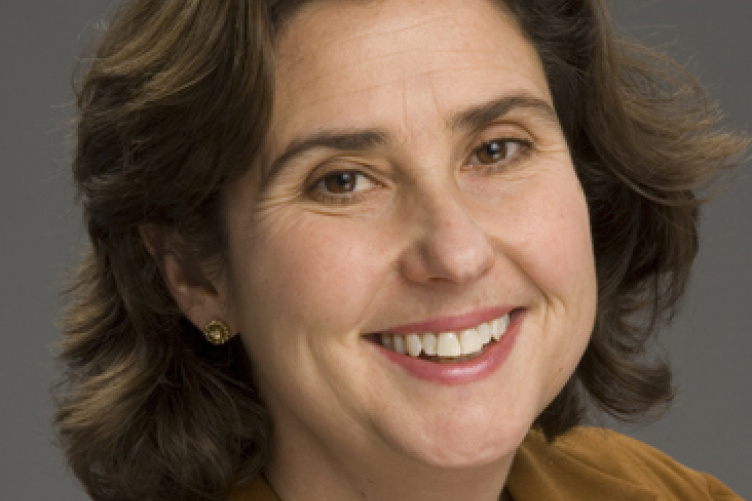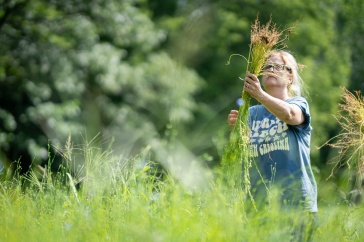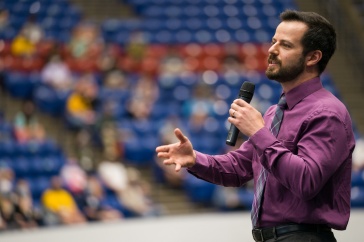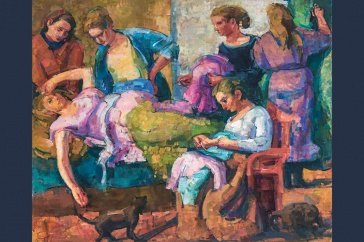
Nicoletta Gullace, associate professor of history
When World War I hero Matthew Crawley dropped to one knee in the swirling snow and finally proposed to Lady Mary Crawley in the season two finale of the popular PBS drama “Downton Abbey,” it was the culmination of a romance ensconced in an elegant and nostalgic lifestyle that has captured the imaginations of American viewers.
But what was it like to live in 20th century Edwardian England, especially for women, and why does it intrigue so many of us?
Today’s independent women would be hard pressed to live with the constraints experienced by early 20th century women of the Edwardian era, according to Nicoletta Gullace, associate professor of history at the University of New Hampshire, who studies 20th century British history.
“We view a series like Downton Abbey with tremendous nostalgia and women, in particular, find themselves wishing they could recapture some of those traditions. What we modern viewers forget, though, is that the vast majority of us would have been Daisys, not Marys,” Gullace says, referring to Daisy, the kitchen maid for the Crawley family, and Lady Mary Crawley.
“The equality of opportunity we strive for today comes at a cost, and that cost is the vast inequality that made it possible for the likes of the Crawleys to live so well. There is no harm, though, in watching a wonderful series like Downton Abbey and living that lifestyle vicariously,” she says.
According to Gullace, while today we still have extremes of wealth and poverty in the United States, as they did in the Edwardian era, most young women are much more independent than they would have been in the early 20th century. Today, all women can go to college, have a career, vote, join the military, practice medicine, and travel alone without chaperones.
“Women in the early 20th century were just beginning to explore those options, with a vocal minority demanding education, professional opportunities, and the vote. What we’ve given up, though, is a certain gentility and graciousness of living,” she says.
“When women view Downton Abbey and feel nostalgic, they are not only nostalgic for the sumptuous way of life, the beautiful clothes, and the glittering parties, but for a different kind of relationship with men. Lord Crawley is noble and paternalistic, without being unkind or authoritarian, and Matthew is everything a woman could wish for – handsome, independent, noble of character, brave, and harboring an undying love for Mary,” Gullace says.
Americans also may be intrigued by Downton Abbey and that period of British history because of its combination of tradition and modernity. “It is full of familiar things like running water, telephones, indoor plumbing, central heat, and steam travel, yet the very rich still displayed courtly manners and lived in unimaginable luxury and opulence. We are also connected to that time period more intimately, since it was not, in fact, so very long ago,” Gullace says.
Gullace explains that her godfather was the same age as Matthew Crawley, fought in World War I, practiced medicine on Harley Street in London, and dressed for dinner every night. And while it was not Downton Abbey, Gullace’s godfather’s house was beautiful and richly appointed with silver, impressionist paintings, a lavish wine cellar, and numerous gardens, attended by a gardener.
“Our table manners were always a cause for anxiety to my parents when we were there. Yet, when he died, so did the tradition of dressing for dinner. Eventually the silver, paintings, and wine were divided up among children who would rarely use them,” she says.
Written by Lori Wright



















































